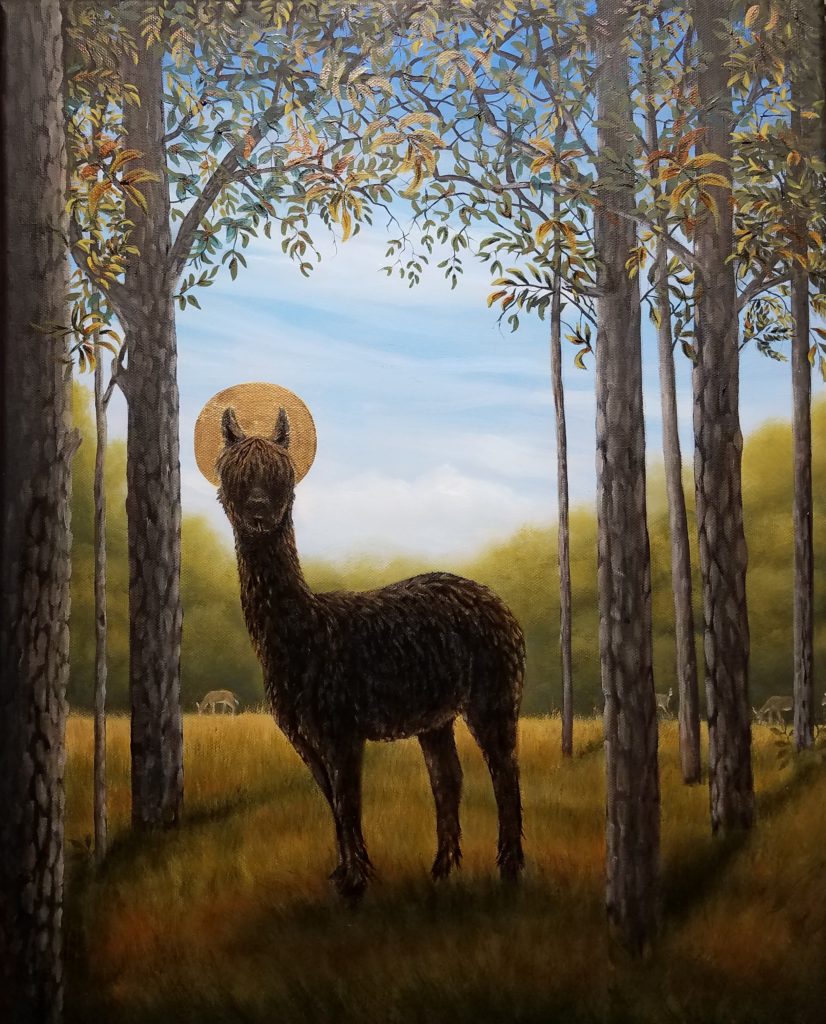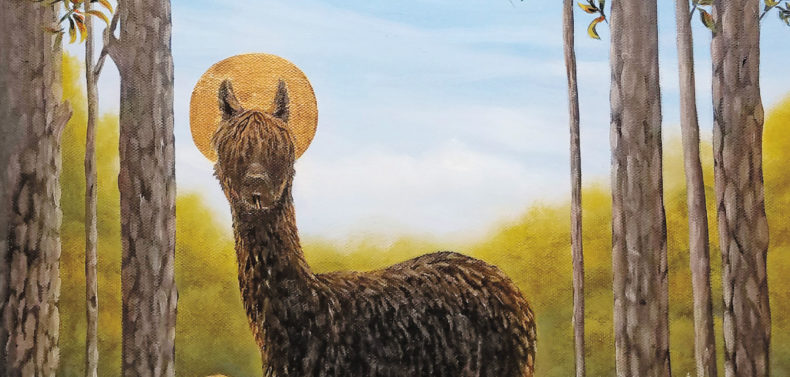At their very essence, the arts and humanities serve as methods for nurturing creative expression, historical documentation, intercultural understanding, civic engagement and a deeper appreciation of the world. Shelter Projects, a mini-fellowship program spearheaded by the Willson Center for Humanities and Arts, was established to support UGA graduate students and community-based artists and practitioners in the creation of shareable reflections on their experiencing the current pandemic. Limited only by social-distancing guidelines, the works include music, film, drawing, painting, sculpture, embroidery, photography, poetry, short stories and other media. Collectively, Shelter Projects offer a time capsule detailing the myriad nuanced ways the pandemic has altered reality.
Dedicated to promoting research and intellectual exchange through interdisciplinary activity, the Willson Center supports a variety of lectures, symposia, visiting scholars and artists, exhibitions and performances throughout a normal year. After the center’s calendar of events was left indefinitely postponed at the beginning of the lockdown, director Nicholas Allen and communications specialist Dave Marr quickly pivoted to find a way to continue their mission while supporting an at-risk population.
“We both saw that we needed to find new ways to share humanities and arts resources with our community, which is a huge part of what we do,” Marr says. “And we also knew that a lot of people in that community were going to be hurting financially.”
The Willson Center collected additional funding through partnerships with UGA’s Franklin College of Arts and Sciences, Arts Council and Graduate School—as well as support from the Willson Center Board of Friends and other donors—which made it possible to award a total of 34 micro-fellowships of $500 each to applicants selected from a pool of over 100 proposals. Flagpole became a media partner and has shared online interviews highlighting individual Shelter Projects over the past few months.

As the novel coronavirus outbreak spread from Wuhan, China, to the United States, Asians and Asian Americans reported an increase in adverse experiences involving xenophobia, racism and discrimination. Kuo Zhang recently earned her PhD in language and literacy education at UGA. She writes from the perspective of an international graduate student from China, a mother of two small children and an Asian allied with the Black Lives Matter movement. She wrote 15 poems that confront the issues of culture, language, race, power and politics exacerbated by the pandemic. Tairan Qiu, a Chinese doctoral student also in language and literacy education, further illuminates the separate outbreaks in both China and the U.S. through a pair of bilingual poems.
Addressing the current racial climate brought to the forefront by the Black Lives Matter movement forms the core of several Shelter Projects. Ashley Crooks-Allen, a PhD student researching how Afro-Latinx people use social media to make identity claims in relation to the Black Lives Matter movement, wrote a series of poems expressing isolation, grief, healing and identity. SJ Henderson, a student in the Master of Social Work and Master of Public Health dual-degree program, powerfully draws parallels between the pandemic and the long-standing oppression, inequities and violence experienced by the Black community in her spoken word piece, “Define Pandemic?”
The pandemic has a strange influence on the perception of time—bizarrely looping near-identical experiences à la Groundhog Day, unbearably stretching along at a snail’s pace some days, exponentially accelerating the next. Ruth Allen’s four gifs consist of 20–40 images each that collectively represent every day over a four-month period, condensing a long diary-like ritual into fleeting, seconds-long impressions. Finding a clever way to create a rare in-person art-viewing experience, Cindy Jerrell built towering roadside sculptures of “topiary garden ladies” who gently reflect the passage of time as vines slowly climb their skirt trellises.

As being outdoors takes the silver medal for the safest activity, second to sheltering in place, it’s only natural that reinvigorated relationships with the environment ground several works. Oil painter Cheryl Washburn, whose portrait of an alpaca graces the cover of Flagpole this week, turned to nature as refuge from isolation, uncertainty and fear of death—and in the process created a series of photorealistic landscapes that encapsulate solitude and stillness. Louisiana Lightsey, a PhD student in environmental anthropology, presents a montage of sensory details in the short film “Nature in Place” to investigate how indoor spaces remain interconnected with the organic environment surrounding them.
“I really can’t believe how beautifully this has turned out—how many amazing people we’ve gotten to support and interact with, and how incredibly accomplished and how emotionally powerful these projects are,” says Marr, who hopes the Wilson Center will be able to raise funds to support a second round of Shelter Projects in the future.
“There were so many worthy submissions the first time that we just didn’t have the resources to fund, and we also know that there are vast numbers of people we didn’t reach in this community who have great things to share. We never expected the pandemic to last this long, but here we are, and people still need help.”
Presented in conjunction with UGA’s annual Spotlight on the Arts festival, the full suite of completed Shelter Projects can be explored as a virtual exhibition at willson.uga.edu/public-partners/shelter-projects-online-exhibition. To read extended Q&As that touch on the experiences, academic pursuits, creative ideas and community roles of each fellowship recipient, visit flagpole.com/shelterprojects.
Like what you just read? Support Flagpole by making a donation today. Every dollar you give helps fund our ongoing mission to provide Athens with quality, independent journalism.










